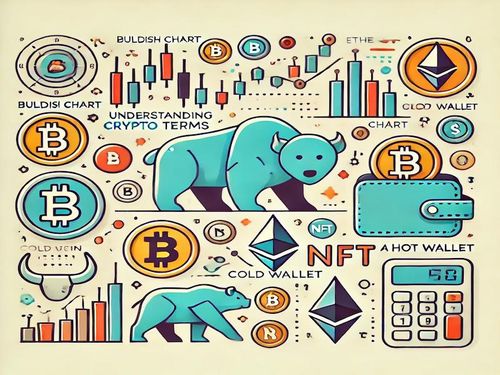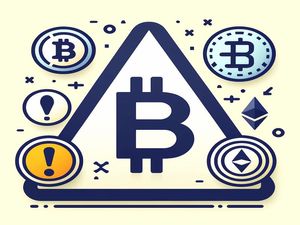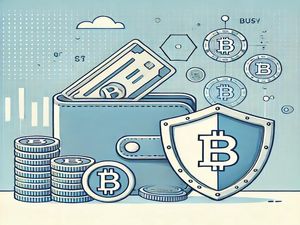What Are Cryptocurrencies? #
Hey, welcome to the second part of our crypto terms series! Today, we'll delve into several fundamental concepts that are essential for anyone interested in the world of cryptocurrencies. Let's get started!
Bull Market in Cryptocurrencies #
A bull market in cryptocurrencies is characterized by a period of significant price increases. During these times, investors feel confident about the market's future growth and actively purchase cryptocurrencies, expecting to make profits. Positive news about crypto and blockchain technology often fuels this confidence, attracting new participants to the market. High trading activity is typical, with currencies reaching new all-time highs.
Bear Market in Cryptocurrencies #
Conversely, a bear market is a period when cryptocurrency prices experience prolonged declines. Investors feel uncertain and fearful about further price drops, leading many to sell their crypto to minimize losses. Some may wait for the market to bottom out before buying again. Negative news, regulatory changes, and technical issues often accompany a bear market, contributing to the pessimism and downward pressure on prices.
Difference Between Coins and Tokens #
Coins such as Bitcoin and Ethereum are digital currencies with their own blockchains. They are designed for financial transactions within their networks, providing independent infrastructure and wallets for users.
Tokens, unlike coins, do not have their own blockchain. Instead, they are created on existing blockchains, such as Ethereum. Tokens can represent various values or be used in different projects within these networks. They can be transferred or stored in special wallets designed for their respective blockchains.
Understanding Cold Wallets #
A cold wallet is a device or application used to store cryptocurrency offline, making it more secure from hacking. Since it is not connected to the internet, it is not susceptible to remote control. Cold wallets are often used for long-term storage or large amounts of cryptocurrency, ensuring enhanced security.
Benefits of Hot Wallets #
In contrast, hot wallets are designed for online transactions and are connected to the internet. They can be web platforms, smartphone applications, or desktop programs. Hot wallets provide quick access to cryptocurrency for daily transactions such as buying, selling, or sending funds. However, they are less secure due to the possibility of remote hacking.
NFTs: Non-Fungible Tokens Explained #
An NFT is a unique digital token used to represent distinct digital assets or objects, such as digital art, gaming items, or music. Unlike regular cryptocurrency coins, each NFT is unique and cannot be replicated. Blockchain technology ensures the digital uniqueness of NFTs, allowing each asset to be uniquely identified and verified. NFTs are used across various industries, and ownership grants the holder a unique right to a specific digital asset, which can be bought, sold, or traded on specialized platforms and markets.
Centralized Exchange Overview #
A centralized exchange is a trading platform operated by a company or organization acting as an intermediary between buyers and sellers of cryptocurrency. All operations go through centralized servers managed by a central team. Users create accounts, deposit funds, and trade crypto, while the exchange handles settlements and security.
Decentralized Exchange Overview #
A decentralized exchange (DEX) is a trading platform without a central authority or control center. Instead, trading occurs directly between users through smart contracts on the blockchain. DEXs allow users to trade directly from their crypto wallets without transferring assets to third parties. They offer greater privacy and control over personal data, though they may be less user-friendly than centralized exchanges.











